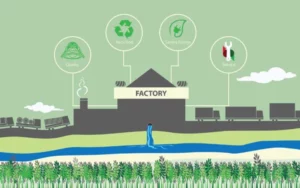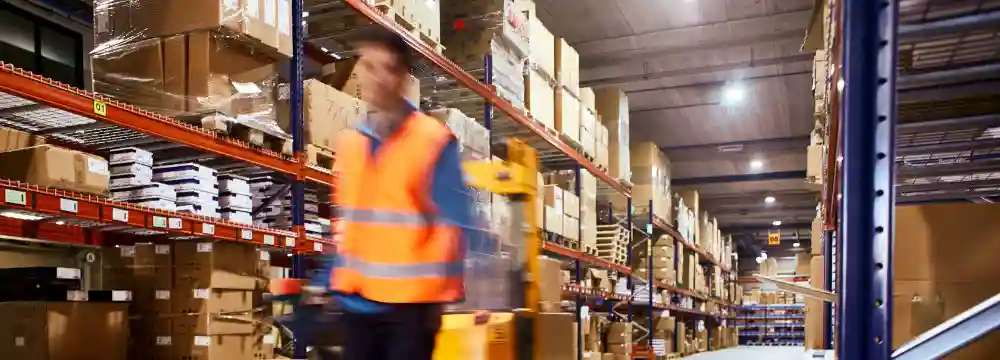A product specification will allow Chinese product manufacturers understand exactly what you are looking for. It will also help you understand your own process while drafting it. A product specification will force you to think critically about the product design specification, from materials used to shipping methods.
Starting out as an importer, one normally buys off-the-shelf products and sells them for a profit in local markets. This is sourcing in its most basic form. Some people, however, identify a gap in the market from which to profit. To fill this gap, manufacturers need to be contacted to supply the product in question.
The product can either be an ODM (Original Design Manufacturer, also called White-Labeling) or OEM (Original Equipment Manufacturer). Both these scenarios require you to have a product specification.
- In an ODM scenario, the product is typically already in production. As an importer, you will then have the opportunity to choose the product design details like branding, color and maybe small adaptations to the original product specification.
- In an OEM scenario, you need to provide all the relevant product specifications. The product is then manufactured by the factory exactly to your specification. This may require sharing all your intellectual property with an outside person
A product specification will thus form the basis of the choice between ODM and OEM manufacturers.
Product Specifications entail how you determine your requirements.
What does an open product specification entail?
Open product specifications specify the workings of the end-product, but not necessarily how this should be achieved. As an example, one can think about paint. You send the manufacturer a color card of the exact color paint you are looking for. This, together with a note that it must be packaged in 5l containers forms your product design. The manufacturer obliges and starts manufacturing your paint. A batch sample is requested, and to your shock, you discover that although your paint matches your color card precisely, it is packaged in 5l bottles, instead of the normal paint tins you find in the store. Upon further investigation, you find that it also contains dangerous levels of certain chemicals.
Complaining to the manufacturer will, in this scenario, get you nowhere. Since manufacturers are not privy to the intended usage of the product in question, they will pick the scenario that is most profitable to them. It may even be that their main clients are resprayer-booths, which will tend to favor easy-pouring bottles over tins.
What does a closed product specification entail?
Closed product specifications will require a lot more research from your side. You will also be required to share your product description, ideas, and knowledge with the OEM manufacturer.
Continuing with the previous example of a tin of paint, you are to establish exactly how to create the color in question with safe chemicals, drafting a design specification with a recipe that should be followed to the letter. You will then specify in which container, made from which material, the paint should be stored. You are also to specify how many containers are to be loaded in a box able to handle the weight of the paint. In this product description, you can also name a testing facility to which samples of the various production stages should be sent, requesting specific tests to be done on the product. You can even specify approved vendors for the materials needed in the manufacturing process. This allows you to have peace of mind that nothing in the process is left to chance.
One would normally expect people to think for themselves, but a closed product design spec avoids costly confusion.
Additional aspects of effective product specifications
For a product determination to be effective, it must be clear and to the point. Take note how easy it can be for a mistake to happen while reading the following part of a product determination. “The paint must be stored in a tin container. It must not be able to leach any organotin compounds.”
“It” in this case, refers to the tin can, but having no background in toxicology, one would not easily establish this. Even at the risk of looking like a fool, one should always specify the exact aspect of the process, every time. It can save you a lot of problems.
Technical jargon should also be avoided. It may be common knowledge in your industry, but knowledge should never be assumed. If you do feel the need to use any industry terms, a glossary specifying the meanings of each term or acronym should be provided with the product description.
It is also wise to provide any other product design descriptions you may be referring to in your own document. It can be as simple as sending a color card of your desired color or as long as an entire ISO standard.
Also keep in mind that although manufacturers will try to keep to your product description all the time, errors are part of human nature. Build this into your product specification by specifying tolerances for things like weight and pre-defined variations for color at a certain color temperature.
Not only will this make the manufacturer more inclined to work with you, but it may even make your final product cheaper as the manufacturers know that it does not need to factor rejects into its pricing structure.
After drafting, the final design specification needs to be able to “stand alone in court.” Ensure this by keeping track of any and all revisions, numbering them for easy reference.
A key person in the business should also be assigned to the product design spec, allowing only that person to do the final approval of a product specification used for manufacturing.
By following the product design definition provided, neither you nor the factory owner will have sleepless nights or wasted resources.





